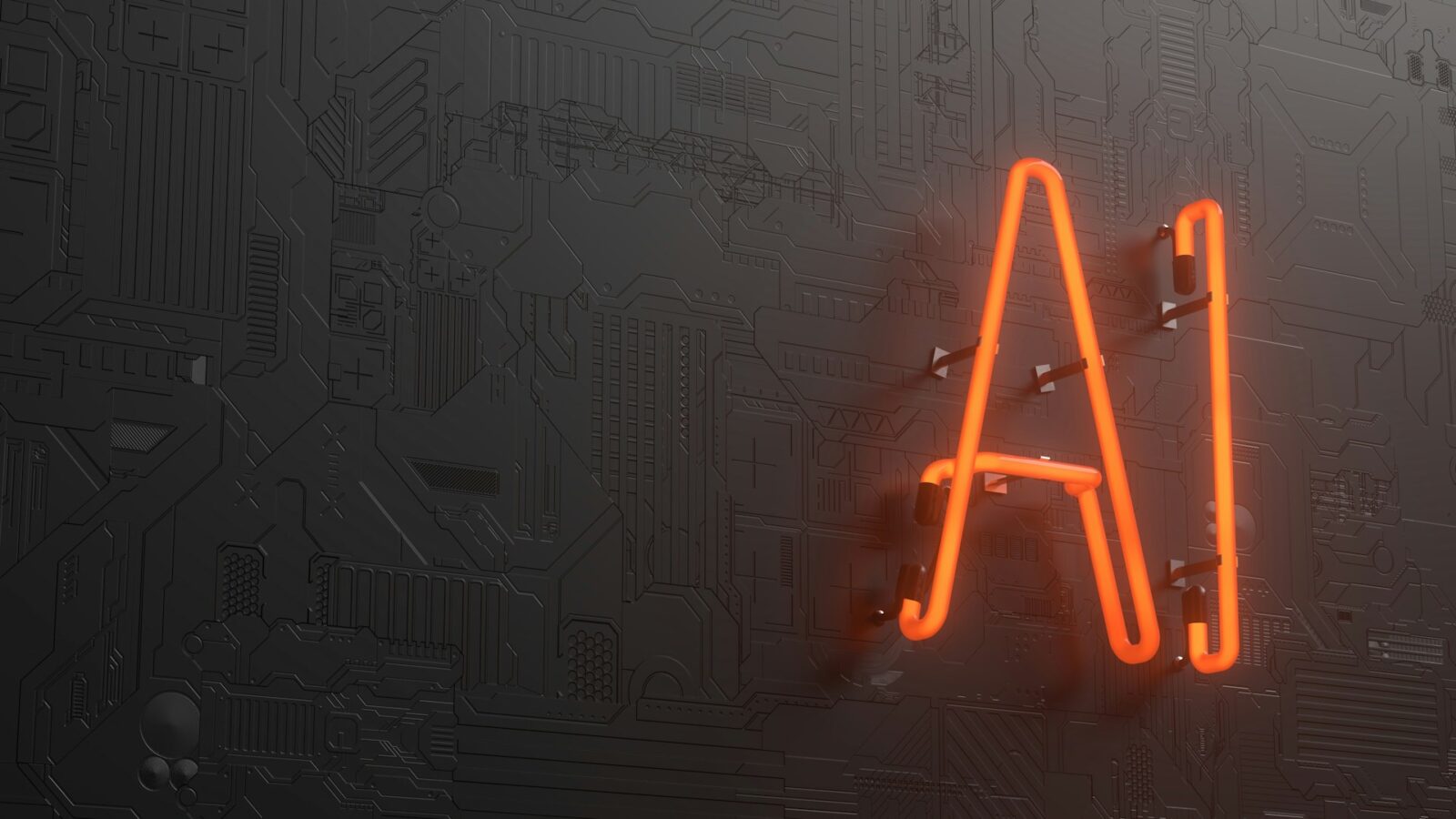A New Power Alliance in the AI Arms Race
In one of the largest technology infrastructure deals in history, OpenAI has signed a $38 billion partnership with Amazon Web Services (AWS), marking a major shift in the global cloud computing landscape and a redefinition of how the world’s leading AI models will be trained and deployed.
The agreement allows OpenAI — the creator of ChatGPT — to run its rapidly expanding suite of AI systems on Amazon’s data centers across the United States, leveraging hundreds of thousands of Nvidia’s advanced AI chips hosted within AWS infrastructure.
For Amazon, the partnership is a massive win. Shares of the e-commerce and cloud giant surged more than 4% following the announcement, reflecting investor optimism that the deal will strengthen AWS’s position as a dominant player in the accelerating AI computing market.
For OpenAI, the collaboration marks a significant strategic shift — and a departure from its exclusive relationship with Microsoft Azure, which has powered the company’s AI workloads since 2019.
“The rapid advancement of AI technology has created unprecedented demand for computing power,” Amazon said in its statement. “OpenAI will immediately begin utilizing AWS compute as part of this partnership, with all capacity expected to be deployed before the end of 2026.”
Breaking Down the $38 Billion Partnership
The newly announced deal is both financially massive and strategically transformative. Under the agreement, OpenAI will gain access to Amazon’s high-performance computing (HPC) infrastructure, which includes energy-efficient data centers and advanced GPU clusters optimized for training and deploying large language models (LLMs).
1. Scale and Scope
The contract reportedly spans multiple years, giving OpenAI the capacity to train and deploy next-generation models — including GPT-6 and potentially GPT-7 — across Amazon’s cloud ecosystem. The deal also includes options for future expansion through 2027 and beyond, as OpenAI scales operations for its hundreds of millions of ChatGPT users.
2. Technical Backbone: Nvidia-Powered Infrastructure
At the heart of the partnership lies Nvidia’s specialized AI hardware — specifically, the company’s next-generation Blackwell GPUs. Amazon plans to dedicate hundreds of thousands of these chips exclusively for OpenAI’s workloads, hosted across AWS facilities in Virginia, Ohio, Oregon, and Texas.
This ensures OpenAI has the computational scale required for frontier model training, as global demand for AI power continues to outstrip supply.
3. Strategic Shift from Microsoft to a Multi-Cloud Model
The deal also marks a significant diversification move for OpenAI. Until early 2025, Microsoft had been OpenAI’s exclusive cloud provider. However, the ChatGPT maker has recently been pivoting toward a multi-cloud strategy, seeking greater flexibility and cost control as it expands globally.
Regulatory filings earlier this month revealed that OpenAI had gained approval from California and Delaware regulators to formalize a new for-profit structure under the OpenAI Group PBC, giving it more freedom to pursue commercial partnerships beyond Microsoft.
AI’s Insatiable Hunger for Compute Power
Artificial intelligence development is one of the most compute-intensive industries ever created. Every new generation of AI models — from GPT-3 to GPT-5 — has required exponential increases in computational resources.
OpenAI has been candid about the challenge. CEO Sam Altman has repeatedly described compute scarcity as the single biggest bottleneck for innovation in AI.
“We are in a compute-constrained world,” Altman said recently. “Every improvement in model architecture or scale increases our demand for infrastructure by orders of magnitude.”
The OpenAI-Amazon deal aims to address that constraint head-on. It gives OpenAI access to AWS’s hyper-scale data centers, which are not only among the largest in the world but are also increasingly powered by renewable energy — an important factor given AI’s growing carbon footprint.
A $1 Trillion Infrastructure Push
The deal is also part of a broader $1 trillion investment commitment by OpenAI into AI infrastructure, encompassing data center projects with Oracle, SoftBank, and global semiconductor suppliers including Nvidia, AMD, and Broadcom.
While OpenAI is not yet profitable, its rapid revenue growth — driven by ChatGPT subscriptions, API licensing, and enterprise partnerships — has allowed it to raise billions in capital to fund expansion.
Investor Reaction and Market Implications
Amazon investors reacted enthusiastically to the announcement, pushing the company’s stock up 4% in pre-market trading on Monday. Analysts described the deal as “transformational,” not just for AWS, but for Amazon’s long-term positioning in the AI infrastructure race.
1. Amazon Strengthens Its AI Edge
Amazon has been playing catch-up to rivals Microsoft and Google in AI, particularly in public perception. However, the deal with OpenAI now cements AWS as a central player in powering generative AI globally.
AWS already provides infrastructure for Anthropic, the AI startup behind the Claude chatbot, under a separate multibillion-dollar agreement. Now, with OpenAI as a major customer, Amazon effectively powers two of the world’s most influential AI firms.
“This partnership gives Amazon an unparalleled footprint in the AI cloud market,” said Daniel Ives, tech analyst at Wedbush Securities. “It’s a strategic home run — Amazon just became the digital foundry for the world’s most advanced AI models.”
2. OpenAI Balances Partnerships and Power
For OpenAI, diversifying beyond Microsoft helps reduce dependency risks and gives the company more leverage in negotiations as AI competition intensifies.
Altman recently downplayed investor worries about OpenAI’s spending spree, insisting that revenue growth from enterprise licensing and ChatGPT Plus subscriptions will cover infrastructure costs over time.
“Revenue is growing steeply,” Altman said in a podcast appearance alongside Microsoft CEO Satya Nadella. “We are taking a forward bet that it will continue to grow as we expand use cases globally.”
The Economics of AI: Circular or Strategic?
Some analysts have expressed skepticism about the financial sustainability of these massive cloud partnerships, calling them “circular deals.” In many cases, Big Tech companies invest in AI startups, only to have those same startups spend billions back on their cloud services.
However, proponents argue this is the inevitable phase of AI industrialization — a period where heavy upfront investment builds the infrastructure necessary for long-term innovation.
“The relationship between OpenAI and Amazon isn’t circular — it’s symbiotic,” said Carla Nguyen, senior analyst at Forrester Research. “Amazon gains revenue and data insights; OpenAI gains compute power and scale. Both are building the foundation for the next AI epoch.”
AI Sovereignty, Sustainability, and Security
The scale of the OpenAI-Amazon partnership also raises important geopolitical and sustainability considerations.
As governments worldwide push for AI sovereignty — the ability to build and control domestic AI systems — partnerships like this could shape global policy on where and how AI data is stored. AWS’s growing footprint in the United States aligns with increasing calls for AI supply chain localization, especially amid trade tensions with China.
Additionally, Amazon has pledged that all new AI data centers involved in the deal will run on 100% renewable energy by 2027, addressing growing concerns about AI’s environmental impact.
The Future of AI Runs Through the Cloud
The $38 billion OpenAI-Amazon deal marks more than a business transaction — it’s a turning point in how the world’s most advanced AI systems will evolve.
It signals the dawn of an AI infrastructure revolution, where access to computing power becomes the new measure of technological leadership. For Amazon, it’s a validation of its long-term bet on cloud and chip infrastructure. For OpenAI, it’s the key to sustaining its blistering pace of innovation.
As AI becomes the backbone of the digital economy, partnerships like this will shape not only the future of business, but also the global balance of technological power.
“We’re entering an age where compute is the new oil,” said Nguyen. “And with this deal, Amazon and OpenAI just secured one of the largest reserves in the world.”






